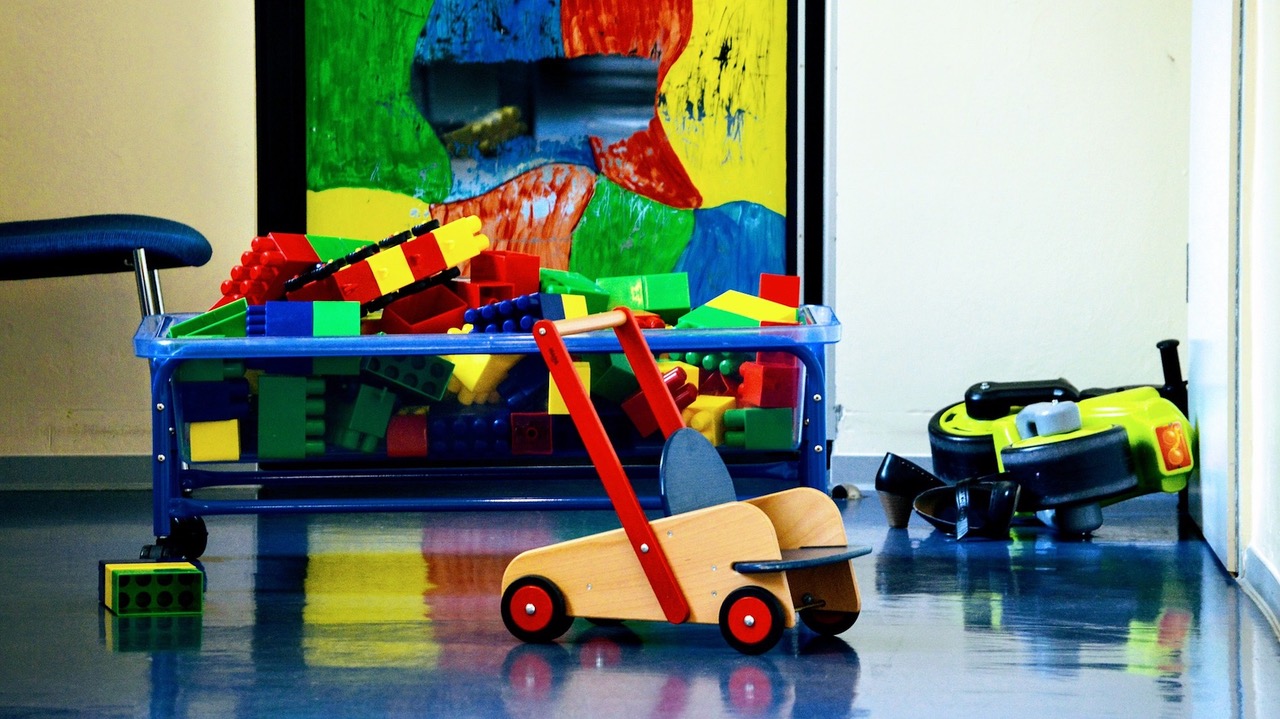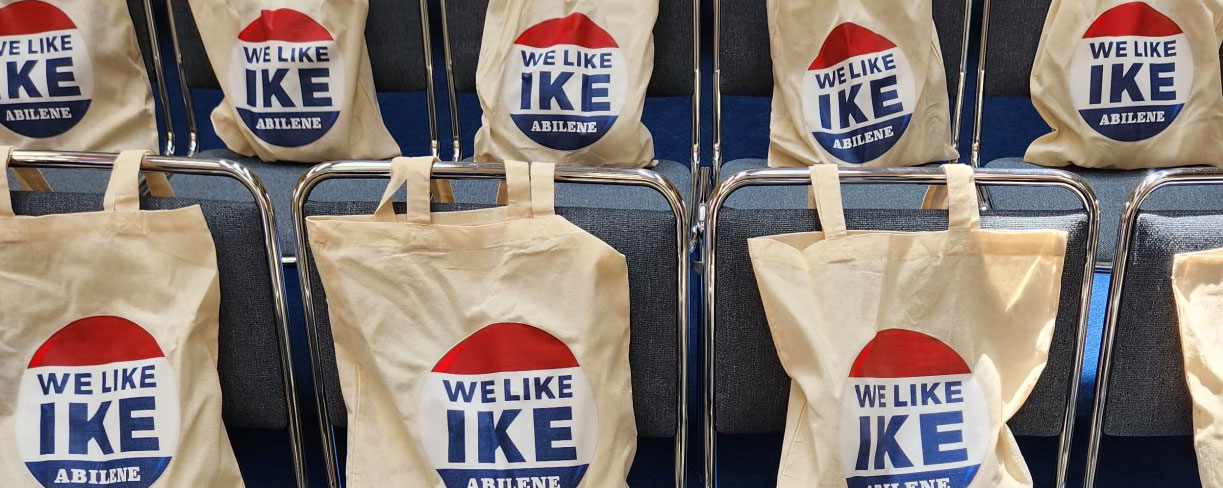
Childcare Needs Escalate in Dickinson County
August 23, 2021
Childcare workers have always experienced the struggle between the joy of helping raise children and earning low wages with little or no benefits. Historically, childcare employers have always struggled to maintain a quality staff for the same reasons. The COVID-19 pandemic made the entire situation worse across the country. For Dickinson County, the bottleneck is not having enough childcare facilities, but finding the staff to work at them.
Kansas Trends
Childcare in Kansas was trending in the wrong direction prior to the pandemic. According to the 2020 Child Care Supply Demand Report from ChildCare Aware? of Kansas, nearly 500 of the states’ family child care programs closed between 2017 and 2019, which was over 5,000 lost child care slots. Then with the introduction of COVID-19, 17% of Kansas child care providers temporarily closed in April 2020. Those that remained open struggled with under-enrollment as many parents worked remotely, keeping their children at home. Additionally, many simply withdrew children from facilities out of fear of their children contracting the virus.
Filling out a complete staff for employers became even harder than normal after the pandemic. Child-care programs have long struggled with staffing because wages are so low and benefits rare. According to the Center for the Study of Child Care Employment, the 2019 median wage for child care workers in Kansas was $10.20. Many workers found other employment opportunities coming out of the pandemic or have stayed out of the workforce all together. So now, with a surge in demand for childcare as parents return to work, facilities with less staff must serve fewer children to meet mandated child-to-adult ratios. The result is multi-faceted with increased competition for openings and more parents turning to patchwork child care solutions.
Dickinson County
Dickinson County finds itself in one of the “better” situations in Kansas for children under three years of age. That 2020 Child Care Supply Demand Report indicates Dickinson County has up to 10 children per one child care opening, while 62% of Kansas counties have more children seeking each child care opening. Yet, with 30 licensed family and group daycare homes and three child care centers in the county, only 49% of the demand for child care is met.
 Child care demand far outweighing the supply is more than a problem for individual families. It is a critical bottleneck cornerstone for a thriving local and statewide economy, because parents who have no place for their children cannot work. Businesses are facing worker shortages and one limiter is available child care. That impacts a community’s ability to recruit new businesses to the area as well.
Child care demand far outweighing the supply is more than a problem for individual families. It is a critical bottleneck cornerstone for a thriving local and statewide economy, because parents who have no place for their children cannot work. Businesses are facing worker shortages and one limiter is available child care. That impacts a community’s ability to recruit new businesses to the area as well.
The State of Kansas has developed several resources to address the child care dilemma. The Hero Relief Program provides child care assistance to working low income parents, relieving the need to choose between employment and child care. On the supply side, the Kansas Child Care Training Opportunities provides a free course to learn the process and program requirements for becoming a Kansas Department for Children and Families (DCF) child care provider.
But making significant progress on the issue will only be achieved once compensation for workers is addressed. The Biden administration recognizes years of underinvestment in the child care system. The American Families Plan includes $225 billion toward high-quality child care, including ensuring families pay no more than 7% of their income for child-care costs. It also proposes $200 billion for free universal preschool for all 3- and 4-year-olds.
What can be done now? Dickinson County residents can reach out to the Child Care Resource and Referral Agency Region One of ChildCare Aware in Salina to offer assistance or learn what help is available for providers and parents alike. Employers can work with child care programs in their area to determine if they can offer nontraditional hours and flexible scheduling options for workers.





